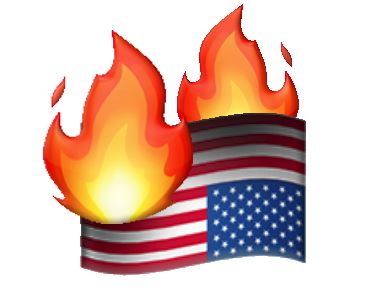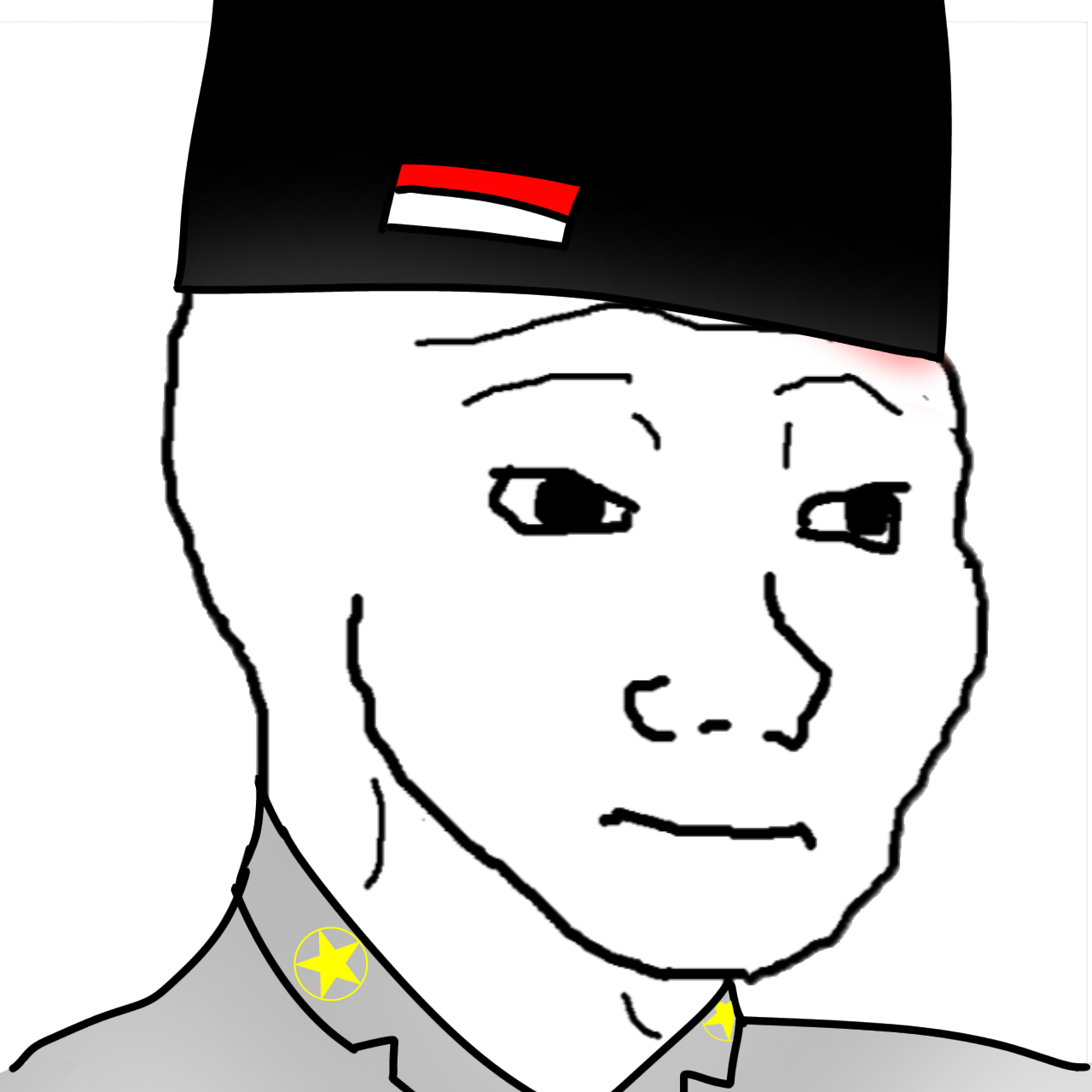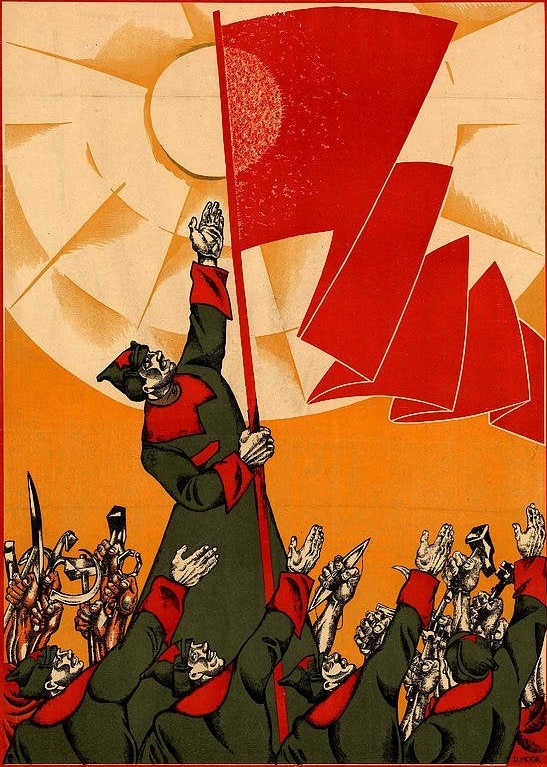Silicon Valley Bank, servicing high-tech start-ups as well as their investors, was shut down yesterday in the second biggest bank failure in US history.
With $209 billion of assets, the SVB demise has been eclipsed only by the failure of Washington Mutual in 2008 at the start of the global financial crisis.
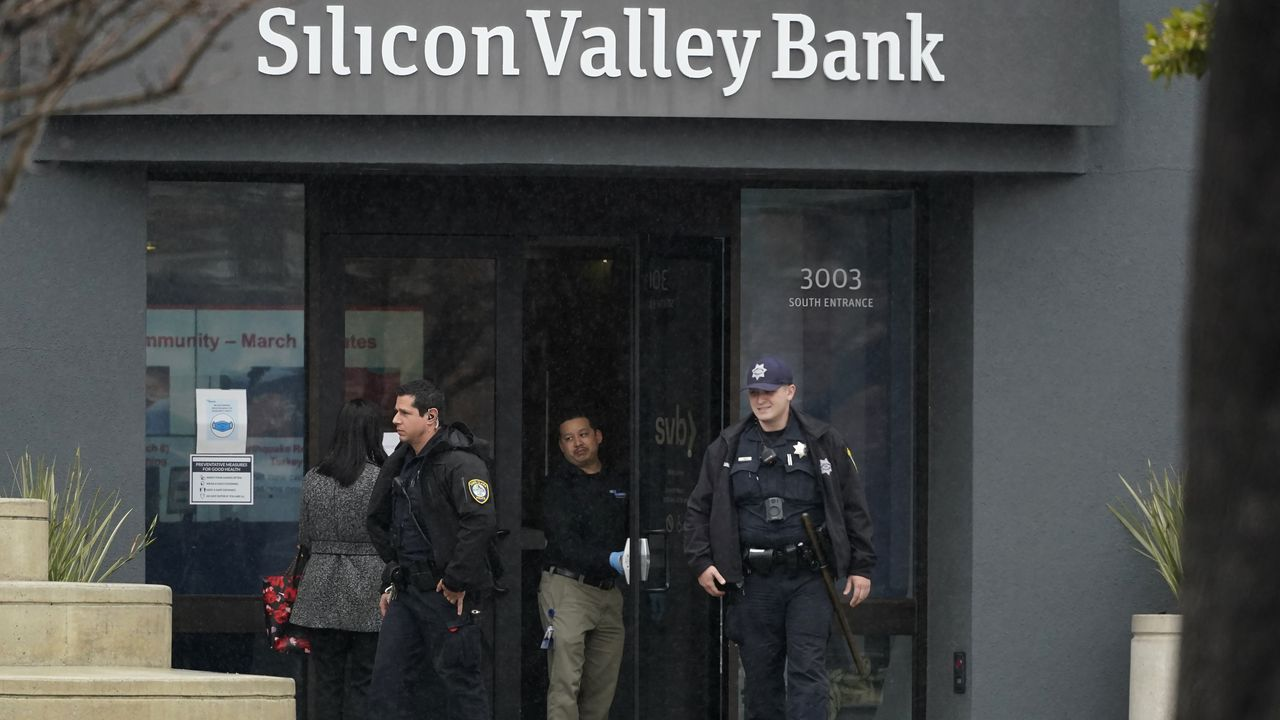
Less than 18 months ago, SVB had a market value of $44 billion. Now it is in the hands of receivers at the Federal Deposit Insurance Corporation (FDIC) which moved in after an attempted $2.5 billion capital raising failed.
On Thursday, the SVB chief executive was reassuring customers and investors that despite its problems the bank was on a sound financial footing. All to no avail.
SVB was no small operation. It was the sixteenth largest bank in the US and deeply integrated into Silicon Valley high-tech, serving around half of all new start-ups funded by venture capital investors.
The extent and rapidity of the collapse was highlighted by a senior executive at a multi-billion venture capital fund who commented to the Financial Times: “SVB’s 40 years of business relationships supporting Silicon Valley evaporated in 14 hours.”
SVB’s failure is a direct product of the interest rate hikes by the US Federal Reserve, instituted at the fastest pace in 40 years, in a bid to crush the growing wages upsurge of the working class in the face of the highest inflation rate in four decades.
As money poured into the high-tech sector as a result of the Fed’s previous ultra-easy monetary policies, SVB sought to find a safe haven for its extra cash holdings by investing in supposedly safe US Treasury bonds and mortgage-backed securities.
A Wall Street Journal (WSJ) article on the SVB demise began by posing the question of how it was that a bank, which had bought some of the safest assets in the world, could have failed in just two days?
It noted that the bank’s securities portfolio rose from about $27 billion in the first quarter of 2020 to around $121 billion at the end of 2021.
This increase was the direct result of the Fed’s massive $4 trillion injection into the financial system after the market freeze of March 2020 at the start of the COVID-19 pandemic.
But as the Fed started lifting interest rates last year and the yields on Treasury bonds, and other debt increased, their market value fell—yields and bond price move in opposite directions—and SVB incurred significant losses.
It has been calculated that it has suffered a $15 billion loss on the $91 billion worth of long-dated securities which it held.
The other major factor was the change in money flows. Instead of receiving new money from investors, trying to get in on the ground floor for the next high-tech rocket, many of SVB’s clients began to make withdrawals as they burned through cash.
The collapse sent a shock wave through similar banks and the banking system more broadly.
Trading in the banking groups PacWest, Western Alliance and First Republic was suspended for a period as their shares experienced sharp falls because they were seen to be similar to SVB.
First Republic shares ended the day 15 percent down and the fall in the other two was 38 percent and 21 percent respectively.
First Republic issued a statement pointing to its “continued safety and stability and strong capital and liquidity positions.” Such statements essentially mean nothing because if any bank says otherwise, or even indicates all is not well, it can trigger a collapse.
And the market has reason to question the position of First Republic. Its latest annual reports disclosed a significant gap between the market value of its assets, mostly loans, and their book value.
The WSJ reported that the market value of its “real estate secured mortgages” was $117.5 billion as of the end of last year, compared to their book value of $136.8 billion.
“The fair-value gap of that single asset category was larger than First Republic’s $17.4 billion of total equity,” the article noted. It said the total value of the company’s financial assets was $26.9 billion less than was shown on the balance sheet, adding that a spokesman for the company had refused to comment on the divergence.
There are likely to be significant immediate follow-on effects from the FDIC takeover of SVB. Deposits of up to $250,000 are federally insured. But the vast majority of SVB customers fall well beyond that category with the bank reporting at the end of last year that out of $173 billion in total domestic deposits $151 billion were uninsured.
As it became clear the bank was facing major problems on Thursday, investors tried to get their money out and place it elsewhere.
Silicon Valley start-up companies are facing major problems as a result of the collapse with one industry representative tweeting it was an “extinction level event.”
Such is the significance of the SVB collapse and its possible effects on the banking sector, which has experienced falls on Wall Street in the past few days, that the US Treasury Department issued a statement saying it had met with top officials from the Federal Reserve, the FDIC and the Office of the Comptroller of the Currency, which all have some role in overseeing the banks, to discuss the situation.
The statement said Treasury secretary Janet Yellen expressed “full confidence in the banking regulators” and noted that the banking system “remains resilient.”
Of course, it could not really say anything else. But all manner of issues remain. New regulations, put in place after the 2008 crisis, failed to prevent the market freeze of March 2020 for which financial regulators, nearly three years on, have failed to provide an explanation, much less a solution.
Moreover, the massive injection of money by the Fed in response to that event, some $4 trillion, which fuelled a new round of unprecedented speculation in all financial markets, has created the conditions for a new crisis as interest rate hikes continue.
So, the US government is going to have to start bailing out banks with billions if not trillions of dollars AND still go to war with China? Yeah, this seems like it’s the end of the line for the US empire.
That’s the thing, the only way out of this crisis for the ruling class seems to be war and plunder. Or just plunder, like in 1991.
I think the good news is, who do they really have left to plunder? Only their own friends. Saudis smelled the shift in America and is quickly jumping ship. The only eggs they have left to crack seems to be the American middle/upper middle class, Europe, Australia etc…Definitely not as straightforward and rewarding as simply looting an entire vulnerable country you don’t even have to pretend to respect.
Off the top of my head? Haiti, Mexico, various South American countries (some of which have comprador governments and so will assist the plunder), what’s left of Lybia, continue going wild in Syria.
It doesn’t really have to be under USA banner, tbh. It could be members of the current establishment, of the current bourgeoisie - but under a different brand
I hope Mexico will stand strong and AMLO seems to have signaled he won’t be taking anything lying down. It also seems much of Latin America is slowly building solidarity against USian predation, and I think Russia etc. has shown through military and trade agreements that Latin America has friends if the situation with USA gets dire. I definitely don’t want to jinx any of it though…
I definitely could see the establishment/bourgeoisie jumping ship from the American State and trying to buy themselves a few more decades of power as a stateless entity.
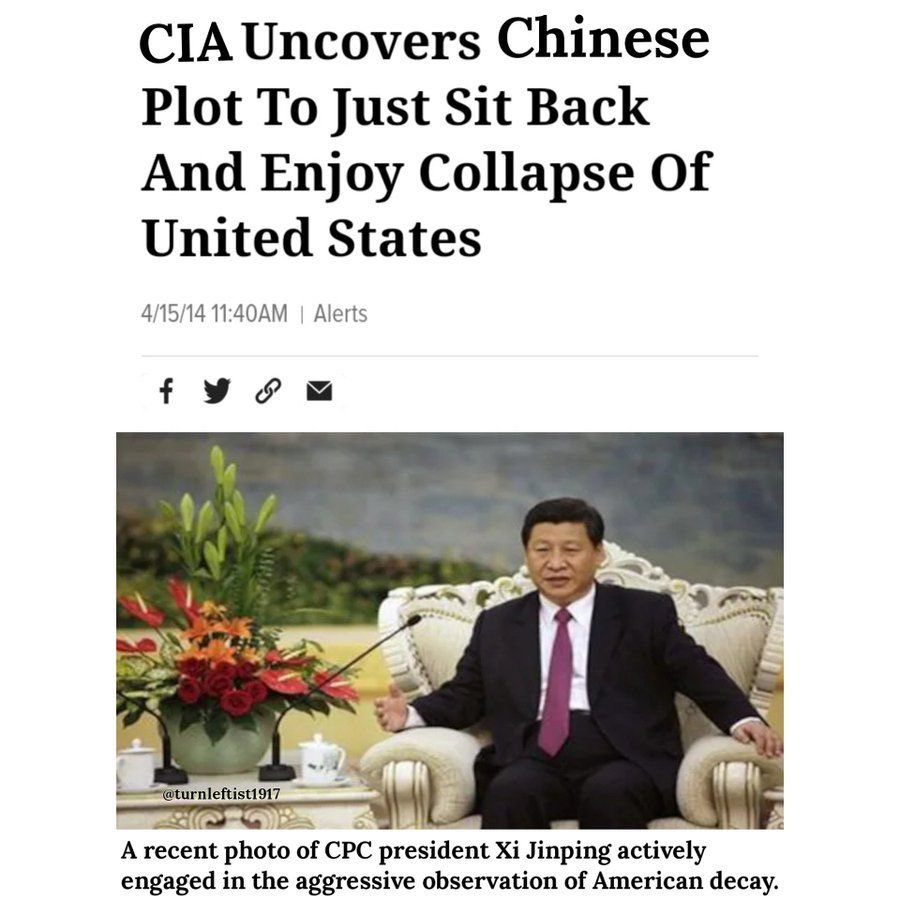
Why doesn’t the bank just pull itself up by it’s bootstraps?
Jump fuckers

